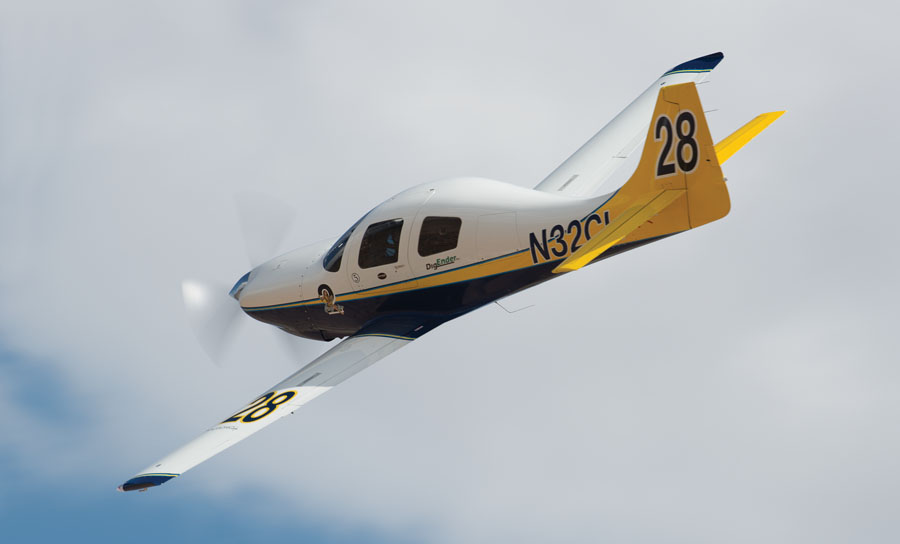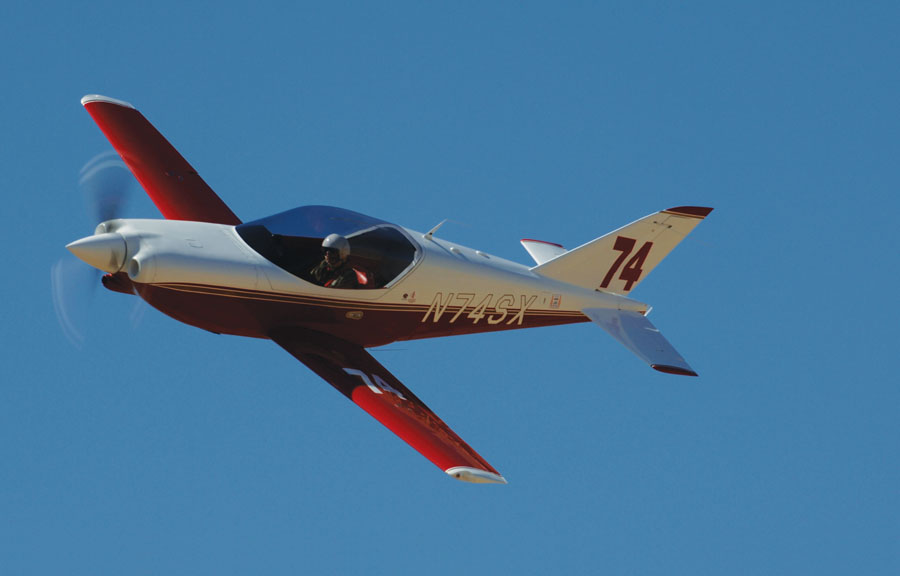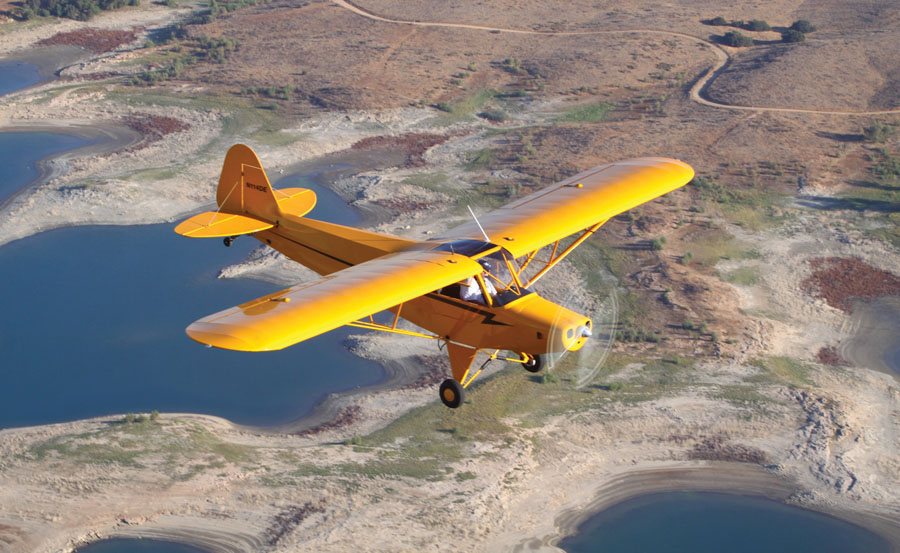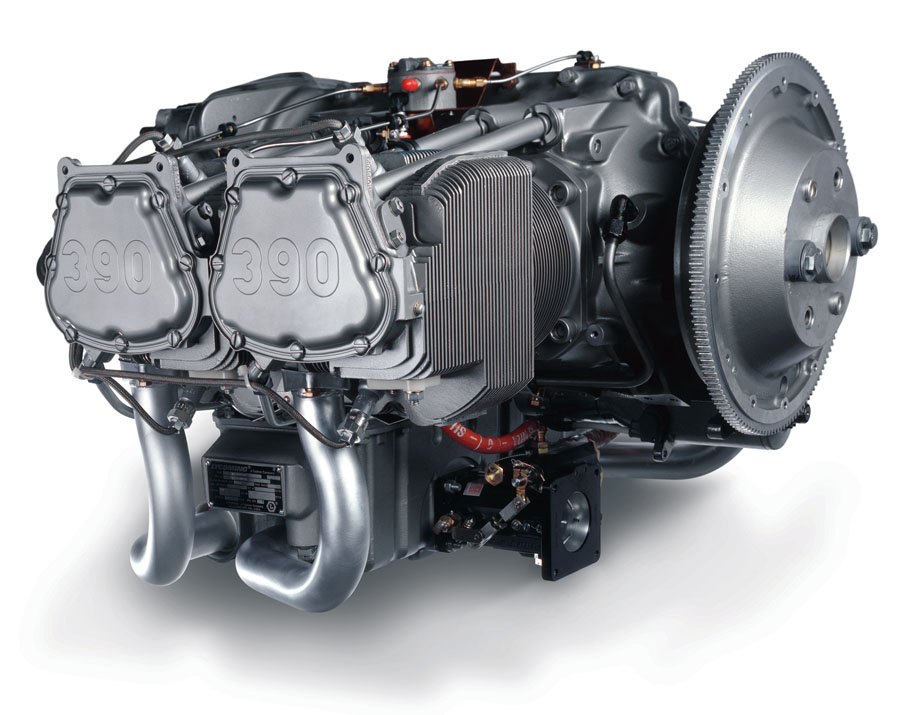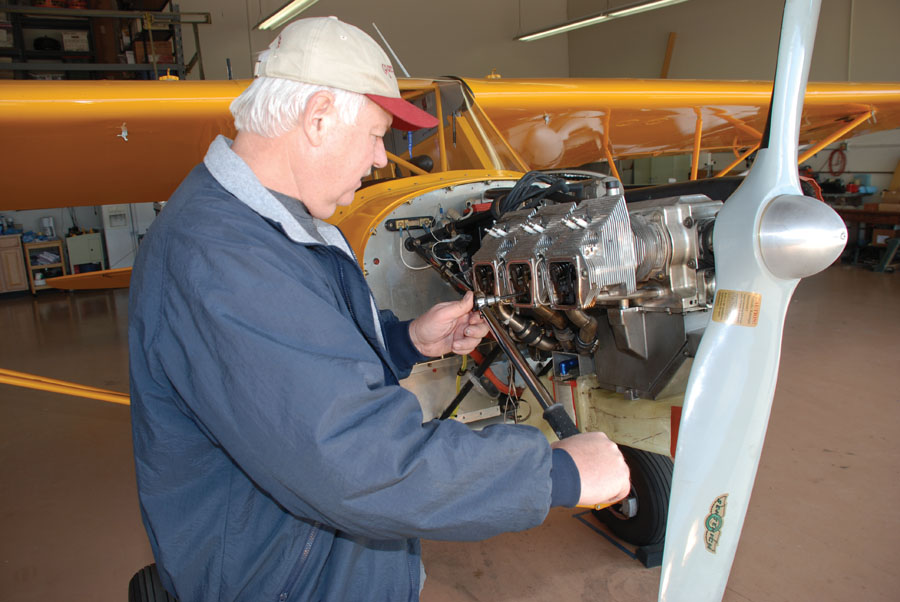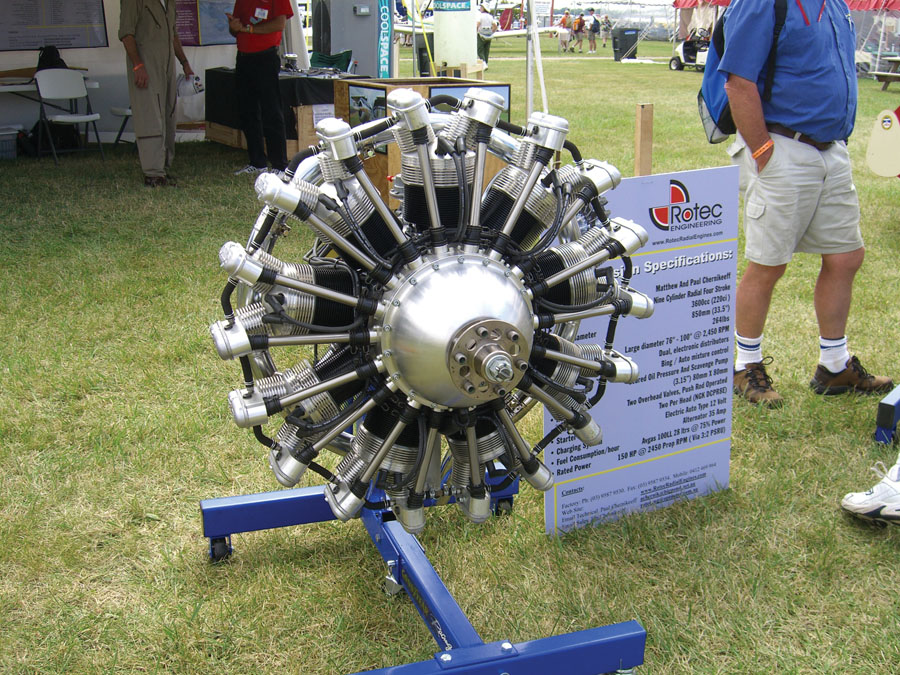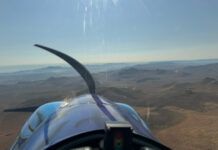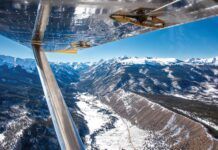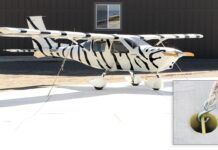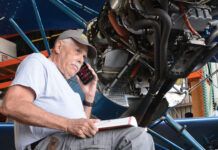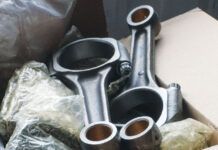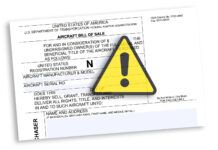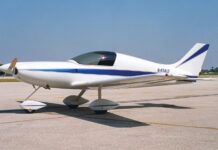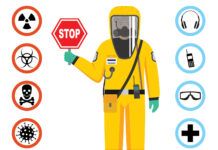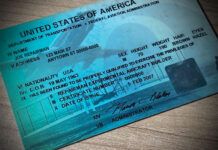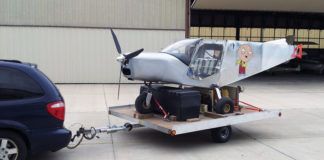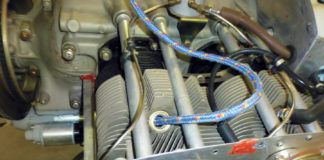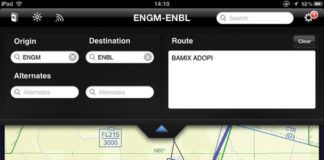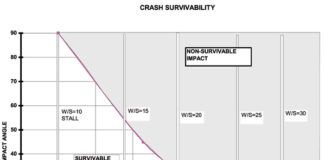The Lancair IV-P set the standard for speed and comfort in a piston-powered single-engine airplane, but flying it safely demands skill and discipline that elude way too many pilots. Through the Lancair Owners and Builders Organization, good education and training are now readily available and have done much to reduce the make’s accident rate. (Photo: Richard VanderMeulen)
We started off our thoughts about what kind of experimental airplane to buy by looking at budget, mission, experience, insurance, and training. Here we will take a look at some other important considerations, including a first look at the different types of planes that are available.
Fly Before You Buy
It is very important to fly a plane before you buy it. That means fly the make and model plane you are considering before you plunk down big money to see if it suits you well. The comfort and handling of many experimentals is a world away from what you may have experienced in a Piper or Cessna, which can be both good and bad. The main thing is, do not assume that every plane will fly pretty much the same. Some do not. This is where some homework can also help avoid big problems. Look at accident rates, read online forums, talk to people in your EAA chapter, call EAA headquarters. There is a lot of information out there if you look for it.
Be especially careful with planes that fit into the general category of “fast glass.” These are high-performance composite airplanes that generally go very fast, have high wing loadings, and typically higher stall speeds. They have a reputation for eating novice pilots alive, literally. The Lancair IV series is especially well-known for having high stall speeds, abrupt and sometimes terrifying stall breaks, and cruise speeds that make everyone else at the airport very jealous. Most owners refuse to practice stalls in these planes, which ought to tell you something. Lancairs can be flown safely, but to do so requires a sharp pilot and some serious training. If you are not inclined to either of these, you will greatly extend your life expectancy by avoiding these and similar airplanes. Because of their once-terrible accident rates, the Lancair Owners and Builders Organization (LOBO) was formed to address this problem. They have made great strides in educating pilots and making it easier to get quality transition training. The results have been impressive. Swearingen SX300 and Questair Venture owners have done much the same thing to help reduce the accident rates of those fast-glass brands. The point is that these planes can be flown safely, but not without the knowledge and training that only comes with some extra effort.
SX300 owners love to fly fast. Many like to show off that speed in events such as the AirVenture Cup race. Good training and pilot discipline can make flying one safe and enjoyable, but a lack of either can bring big trouble.
The fast-glass airplanes are not the only ones that demand some extra attention from their pilots. The rather benign-looking BD-4 is another plane that does not fly the way it looks. It may resemble a boxy Cessna, but it does not fly like a Cessna due to its much higher wing loading. This is not a bad thing unless you really want a plane that flies like a Cessna, in which case you may be disappointed with the BD-4. This is not meant to pick on Jim Bede’s design. The BD-4 is only an example to consider among many others like it.
A really good tipoff to how an airplane will handle is its wing loading—in other words its gross weight divided by its wing area. Planes with what most pilots consider “normal” handling, such as a Cessna 172 or Piper Cherokee, have wing loadings in the 12-15 pounds per square foot range. Larger and more powerful planes like the Bonanza or Cessna 210 have wing loadings in the 16-24 pounds per square foot range. Compare these to the Lancair IV with a wing loading of 36 pounds per square foot.
At the other end of the scale, Light Sport-type planes and bush planes have wing loadings in the 7-10 pounds per square foot range, with the Piper J-3 Cub coming in at 6.8, the RANS S-7S at 8.4, and the Super Cub at 10.1 pounds per square foot. These lightly loaded planes generally have low stall speeds and good handling at the low end of the speed envelope, but suffer with slower cruise speeds and generally poor rides in turbulence. They can also be a real handful in gusty winds, especially gusty crosswinds.
In each case, pilots who need the things these different planes do well must learn to make allowances for the things they do less well. In all cases, proper training will go a long way toward getting the most out of these planes and doing it safely.
The Legend Cub comes in factory-built or kit versions with engines ranging from 100 to 180 hp. They are easy to build and easy to fly, making them appealing to pilots who want the Cub experience but with more comfort and performance.
Factory Support
A big factor in your airplane buying decision process should be the availability and quality of factory support. If kits for the plane you want are no longer made, that can have a big impact on how hard it will be to maintain or repair after an accident. It may also mean that insurance companies will charge more for insurance or in some cases simply decline to extend hull coverage. In any case you will be left to fabricate replacement parts yourself or pay someone else to do it for you. This is not necessarily an insurmountable hurdle, but it is definitely an issue, and it can be an expensive one.
Just because a company is still in business does not mean that it is still making parts for your intended airplane. Be sure to inquire before you buy to make sure your plane does not become an orphan. For example, Glasair Aviation is alive and well, but it is no longer making Glasair kits, having recently sold the Glasair line to a new, unrelated company. This is something a potential Glasair buyer should explore before writing the big check. Be sure to ask first, buy later.
Again, replacement parts for orphaned kits can be reproduced in most cases, but it may be difficult and expensive to do so, and it may result in your plane being down for several months if a major repair is needed. This is not necessarily a deal killer, but it should be a factor in your decision process and be reflected in the purchase price.
Alan Negrin, a former Glasair employee, wings his way over Puget Sound in his Glasair III. Sadly, Glasair no longer makes these kits, but a new company has purchased the tooling to continue with this fine example of fast glass. The Glasair I and II are similar versions of this design with smaller engines. They offer a lot of performance for the money. (Photo: P. E. Langenfeld)
Non-Airplane Engines
Some people have good luck with non-airplane engines, but most don’t. There are a few experimentals that are designed from the beginning to use converted auto engines. The Sonex line of kit aircraft quickly comes to mind. Their kits are designed to use converted Volkswagen engines for power, and they seem to work well as long as the builder does not get carried away trying to get more power out of the engine. Others have also had pretty good luck with some of the better-engineered Volkswagen engines in planes that are happy with around 80 horsepower.
The Rotax 912 series engines (not to be confused with Rotec) dominate the Light Sport end of the airplane market. The engine now has a solid track record and parts and service are readily available. Rotax also makes fuel injected and turbocharged engines based on this basic design. (Photo: Courtesy of Rotax)
Larger auto engines have enjoyed a much more checkered track record in airplanes. Numerous disasters with Subaru conversions are particularly notable, and efforts to use rotary (Mazda) engines have also had very limited success. There have also been some Chevy engine-powered planes that have had varying degrees of success. Auto engines tend to suffer from problems with cooling, which is no surprise since they are generally not designed to dissipate the heat that comes from continuous high-power running. They also often have problems with the propeller speed reduction unit (PSRU) that most of them need to reduce crankshaft rpm to something that airplane propellers can live with. With sufficient money and engineering expertise, it is likely that many of these problems could be solved, but with very few exceptions neither the money nor the required expertise have been available for the development of these engine packages. As a result, there are far more failures than successes in the field when it comes to using automotive engines to power airplanes.
The Lycoming IO-390 engine can be found in the Glasair Sportsman and Van’s RV-14. Lycoming also makes other engines ranging from 118 to 300+ horsepower that can be found in many amateur-built airplanes. They sometimes get criticized for their less than cutting edge designs, but they have an enviable track record and commitment to Experimental/Amateur-Built aircraft that no other manufacturer can match. (Photo: Courtesy of Lycoming).
These problems are reflected in the resale value of planes using these types of engines. Buyers may be enticed by these low prices, but it is important to remember that there is a good reason why they command less value in the market. They are typically fraught with problems and require more maintenance and tinkering to keep them in the air than most people are willing to invest. There are three manufacturers of airplane engines that command respect in the marketplace—Lycoming, Continental, and Rotax. You can add to that the makers of Lycoming clones: Superior and Continental Titan (formerly ECi). After that you are on your own.
Fans of the various auto engine conversions will chafe at the above comments, but a stroll through Trade-A-Plane or Barnstormers.com will reveal the truth about the value of these alternate engines. The difference in price is dramatic. The price of a used GlaStar or RV-6 with a Subaru versus a Lycoming engine will be miles apart. There is a reason for that.
The author works on his Jabiru 3300 engine. When the engine first came out, it was in need of further refinement, especially in the cooling department. Over time, many improvements have been made to address the shortcomings of earlier engines. Planes with these engines still lag behind in resale value compared to Rotax- or Continental-powered planes.
Besides auto-conversion engines, there are a number of made-for-airplane engines that are not FAA certificated. Some of these have been approved by ASTM for use in LSA airplanes, a very different approval process, but others have not. These engines tend to be produced by small companies with limited track records. That does not mean that they are not good engines. It just means that they have not yet stood the test of time and may not be well supported by kit makers or U.S.-based suppliers. The Jabiru and Rotec are two examples of this. Planes with these engines will tend to hold their value less well than similar planes with engines by one of the major airplane engine manufacturers.
A Rotec radial engine on display at AirVenture. These engines are made in Australia and are quite popular with the WW-I replica fighter set. This is a good example of a nice engine made by a small company in small numbers. It has not yet been made in large enough numbers to establish a solid track record, but in time it may.
Light Sport
If you do not have a current FAA medical (and have never had one revoked or denied for renewal), you may wish to escape the whole medical situation by buying a Light Sport plane. Of course, there are other reasons for going this way, including the desire for a small, inexpensive plane that still has many features of a larger plane. Light Sport planes often work well to fulfill the missions of pilots who wish to enjoy the fun of flying without spending a large amount of money on fuel, maintenance, and insurance. Whatever your reasons, this is a viable option for many would-be airplane owners to consider.
Light Sport-compliant planes, in other words planes that can be flown with a Sport Pilot license, come in three flavors: S-LSA—planes that are manufactured complete and ready to fly that comply with the Light Sport rules; E-LSA—a wide field that includes many former so-called “fat” ultralights, some S-LSAs that have been converted to E-LSA, and a smaller number of kit airplanes that have been built, usually by amateur builders, to the E-LSA rules (most Van’s RV-12s meet this rule); and lastly, many Experimental/Amateur-Built airplanes that through weight and performance meet the Light Sport rules and thus are eligible to be flown by Sport Pilots (Kitfox, RANS, Zenith, Sonex, and others are good examples).
The RANS S-21 is the latest in a line of very successful kit airplanes, many of which are available on the used market. RANS planes tend to be focused on the Light Sport end of the market, but recently they have been upping the performance of their offerings with bigger engines and higher gross weights. (Photo courtesy of RANS Designs, Inc.)
On the plus side, these airplanes are generally easy to operate and inexpensive (at least by airplane standards) to purchase and maintain. They are easy on the fuel and usually can land on short airstrips without much drama. Many of them are also quite roomy, even for big people over six feet and 200 pounds. On the negative side, they are limited on payload because of their legally mandated 1320-pound gross weight, they only carry two people, their cruise speeds are rather slow (usually not much more than 100 mph), and their light wing loading can make them a real handful in gusty winds, especially gusty crosswinds. Despite their limitations, they are very popular and are worth consideration by a potential airplane buyer, especially if short trips and short fields are part of the typical mission.
Buy a Plane That Works for You
Buying an airplane is a big decision worthy of a serious investment of time and effort to make the best possible choice for you. A big part of that decision process will be the prebuy inspection, but before we get there you must select a make and model. Sticking to the tried and true is always safe advice, if for no other reason than if you change your mind, it will be easier to sell to someone else. A popular model will also be easier to maintain and insure. Straying off the main path is something best left to those who know exactly what they are getting into.
Get an airplane that will serve the bulk of your needs and try not to get focused on one with very specialized abilities unless that is what you really need. This is a good time to go back and read your logbook and think about the trips you have taken before. These are probably the kind of trips you will be taking in the future in your new plane.
Get a plane that is a good match for your flying skills, not one that represents a big stretch from where you now are. A big step will require a big preparation and training commitment. If you aren’t prepared to make that, stick closer to where you are now with your skills and training. Your insurance agent will thank you for doing so. Without putting too fine a point on things, a high-performance airplane that you are not yet ready to tackle can kill you. More than a few fast-glass buyers have found that out the hard way. Try not to join them. We like having you around.


